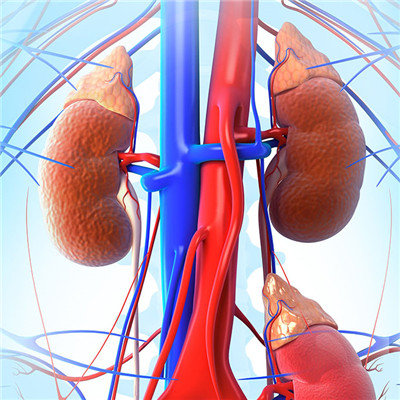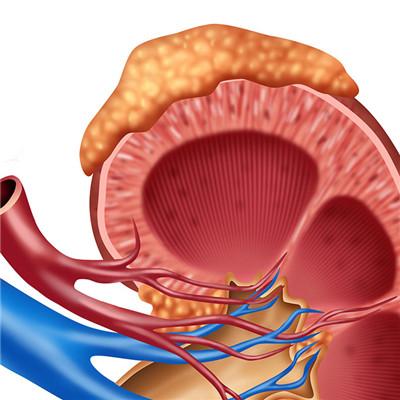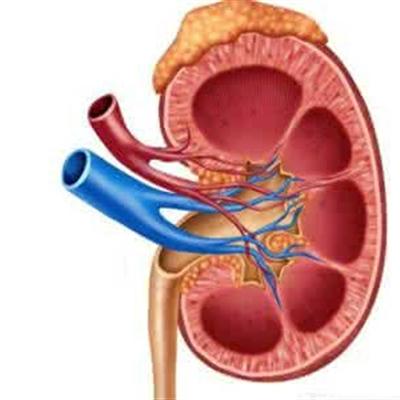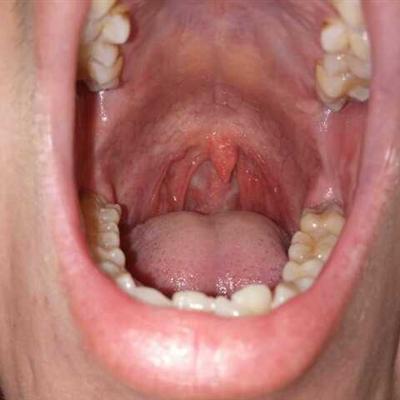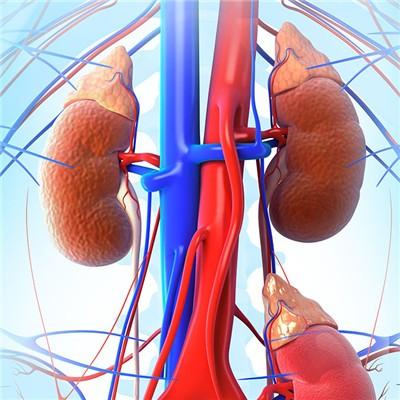The most common symptom of uterine fibroids
summary
Hysteromyoma is a kind of benign tumor, which can grow in any part of the womb, single or multiple. Clinically, more than 200 myomas of different sizes were found in the same uterus. What type does uterine myoma have? According to the location of uterine fibroids, uterine fibroids can be divided into intramural fibroids, submucosal fibroids, subserosal fibroids, cervical fibroids and so on.
The most common symptom of uterine fibroids
Intramural myoma: myoma is located in the uterine muscle wall, surrounded by myometrium. This is the most common form of uterine fibroids, accounting for about 60~70% of incidence rate of all uterine fibroids.

Subserous myoma: about 20% of uterine myoma is subserous myoma. Intramural fibroids grow to the serosa, protrude from the surface of the uterus and connect with the serosa. If it protrudes between the two lobes of the broad ligament, it is a myoma in the broad ligament.

Submucosal myoma: if intramural myoma protrudes into the uterine cavity and out of the uterine cavity, it is called submucosal myoma, accounting for about 10%. Submucosal myoma often has enlarged and deformed cavity, and often has pedicle connected with uterus.

matters needing attention
Pay attention to rest, don't be too tired, keep personal hygiene. No spicy and supercooled food, no smoking and drinking. Exercise and build up. Don't put too much pressure on yourself. Keep happy. Find the disease in time to the hospital.

